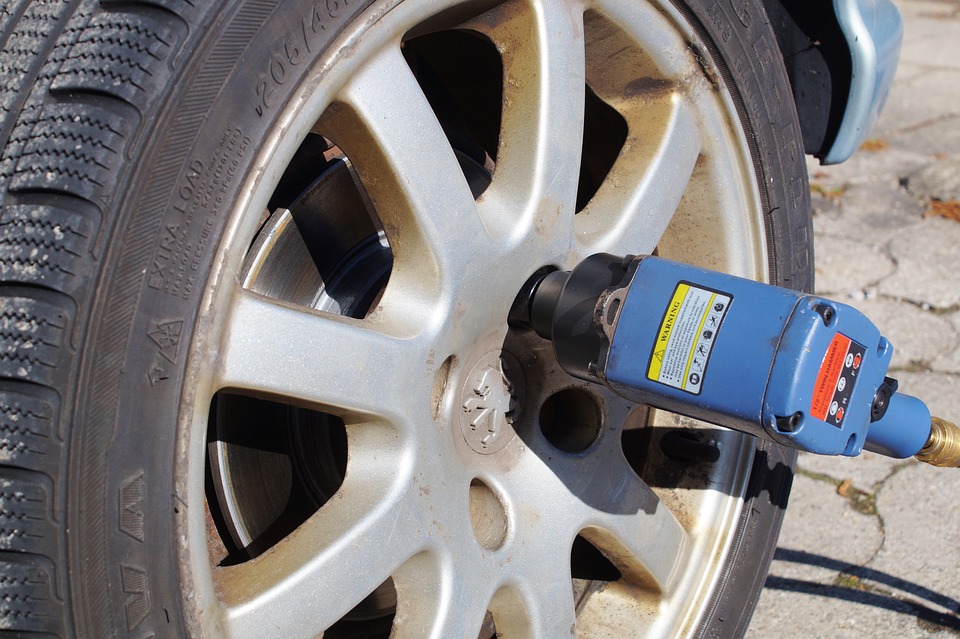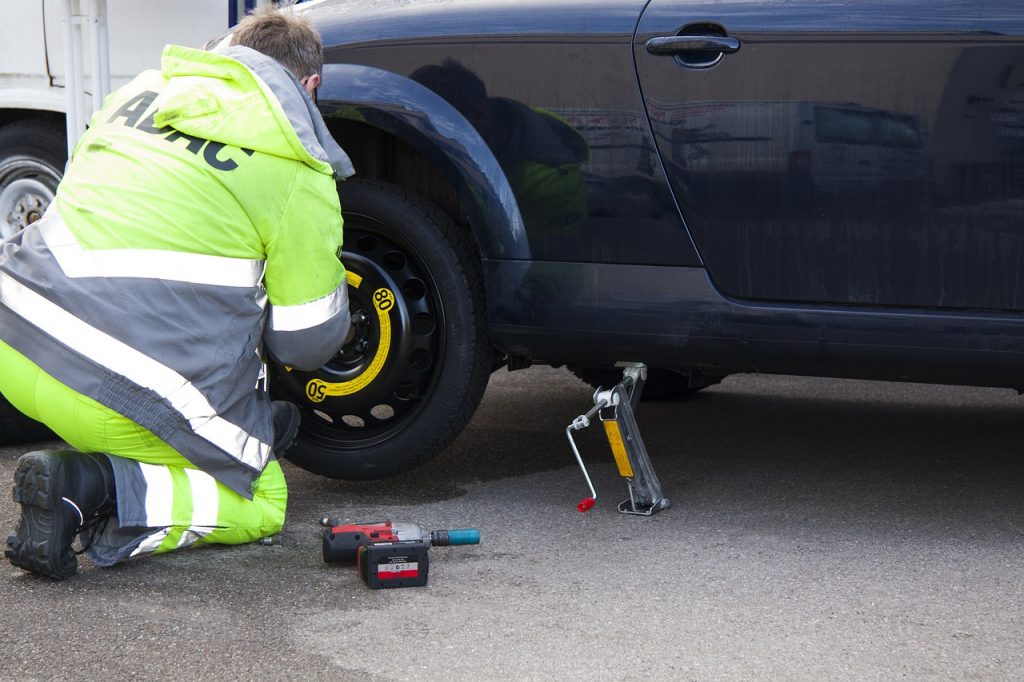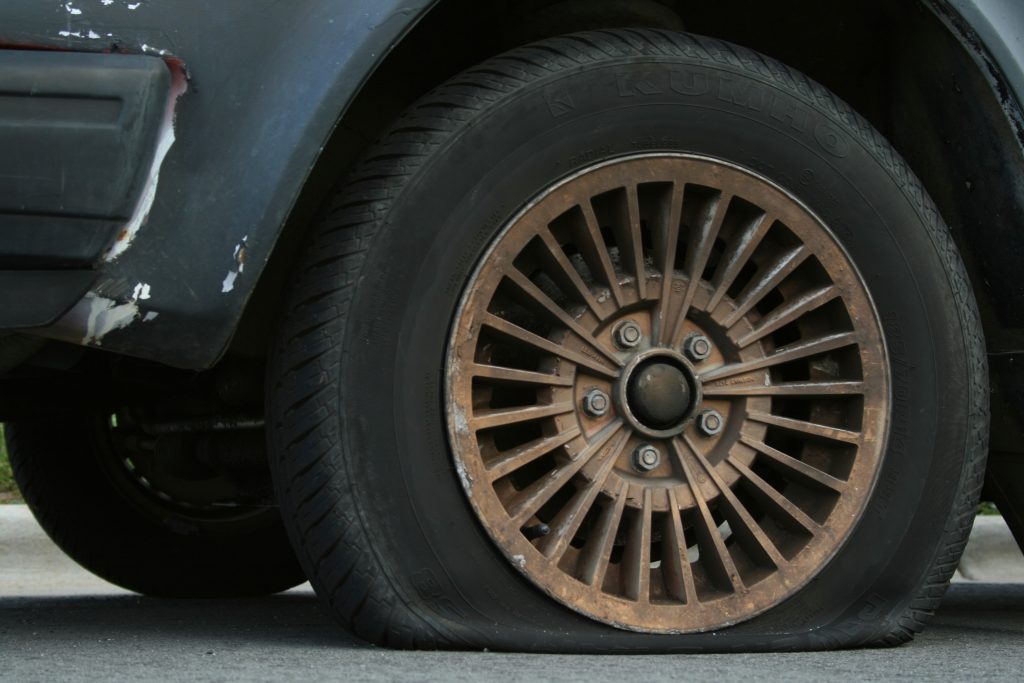Tyres are essential to your safety on the road. However, when faced with a wide range of offers and selection criteria, it is not easy to find your way around. This post helps you to change your tyres.
When to Change a Tyre?
A tyre must be changed in the following cases:
– Strong tread wear leaving a tread depth of less than 1.6 mm.
– Puncture not repairable.
– Deterioration of the tyre’s carcass (appearance of marbling inside the tyre or folds can be observed on the inner membrane, usually after running your vehicle on flat tyre).
– When there is more than 5 mm difference between the wear of the right and left tyres on the same axle.
– Severe wear on the sidewalls of the tyre (cracking).
– Rubber is detaching from the tyre and showing the carcass.
– When the tyre has been manufactured for more than 10 years, there is no legal obligation, but manufacturers strongly recommend to equip your vehicle with new tyres after 10 years.
Good to know: a tyre worn at 50% provides 20% less road grip.
Changing a Tyre:

You must have the necessary equipment to change your tyre:
– A spare tyre, obviously.
– A jack.
– A suitable key.
– An anti-theft nut socket:
◦ The rims of modern cars are often tightened to the hub with specially sized nuts.
◦ This prevents theft, but you must have the proper wrench to unfasten the lug nuts of your wheel.
– Fluorescent vest which you will wear while changing your tyre so as to alert oncoming vehicles that you are performing some tasks by the side of the road.
–
A pair of reflective triangles to inform other drivers that your car
is stationary and you are performing some repairs. This way, they
will keep a reasonable distance between stopping and bypassing your
vehicle.
Changing a tyre is relatively simple if you have
the minimum force to handle the matter. An operating procedure is
also provided with the jack and spare wheel.
Steps to Changing Your Tyre
– The vehicle must be positioned in a secure and clear place.
– Apply the handbrake and shift into neutral gear.
– Empty the trunk if necessary to lighten the vehicle and gain access to the spare wheel, jack and key.
– Attach the anti-theft sleeve to the wrench and loosen all nuts by about 2 turns of the wrench (after removing the cover or hubcap in case you don’t have alloy wheels).
◦ This is done by turning counterclockwise and may require some force.
◦ Feel free to use your foot to apply some pressure on the wrench, but take care not to lose your grip to avoid falling down and hurting yourself.
– Place the jack where indicated and operate it so that the vehicle rises and the wheel is no longer in contact with the ground. Remove the wheel once all the nuts have been removed and remember to gather and keep the nuts close to the lift (you don’t want to misplace them and then have to look for them, but in vain!).
– To mount the spare wheel, do the opposite:
◦ Position the wheel on its axis.
◦ Tighten the nuts as much as possible using the wrench clockwise.
◦ Operate the jack so that the vehicle returns to the ground (you can now fold and store the jack you no longer need).
◦ Tighten all nuts securely. Note that tightening the nuts as tightly as possible is of no use.
◦ On the contrary, tighten them sufficiently, but think about the next time you need to disassemble them.
– Store your wheel with the punctured tyre if the space of the spare tyre allows it, as well as the jack and the other equipment: it’s over! All you have to do is replace the hubcap if necessary.
Ideally, if you have an air gun, check and adjust the inflation pressure of your spare tyre to the recommended pressure.
Finally, if you are a DIY enthusiast, you will change your flat tyre or have it repaired at ANP WHEELS & TYRES.
Moving with a Universal Spare Wheel

In general, the rim will differ (a steel rim is often used because it is lighter and cheaper), but sometimes also the brand of the tyre. Having a tyre that does not meet the Highway Code is then tolerated until the flat tyre is replaced.
Smaller than the normal wheel, a universal spare wheel is a recovery solution that will limit the use of the vehicle to 80km/h in general. The maximum speed and pressure and inflation are indicated on the wheel.
If you need to have your tyre changed, ANP Wheels & Tyres provides a large variety of top-quality, reasonably priced tyres. And, for more information and tips, do not forget to share your experience in the comment section below.





2 thoughts on “How to Change a Tyre”